| There are more than thirty different types of welding, from simple oxy-fuel (using a flame) welding to high-tech processes such as laser beam welding. This article will explain the differences between the four most commonly used welding processes of MIG, TIG, Stick and Flux- Cored arc welding. Though these processes can be done by automated equipment, they are mostly practiced by trained welders. Stick - Shielded Metal Arc Welding (SMAW)
TIG - Gas Tungsten Arc Welding (GTAW)
MIG - Gas Metal Arc Welding (GMAW)
Flux-Cored Arc Welding - (FCAW)
|
- Products & Services
- Gases
-
Welder Training
-
Program Overview
>
- Pricing and Class Schedule
- How to Register
- Tour Our Facility
- Why Earlbeck Technical Center
- On Site Training
-
Frequently Asked Questions
>
- Are student loans, financial aid, or scholarships available?
- How long does it take to complete the program?
- What should I bring for my first day of class?
- Where can I find information about weather related closures or delays?
- Do you offer job placement?
- How Much Money does a Welder Make?
- What is the Job Outlook for Welders?
-
Program Overview
>
-
Weld Testing
- Welding 101 Blog
- Locations & Contacts
- More...
Baltimore, MD8204 Pulaski Hwy
Baltimore, MD 21237 Welding Supply & Gas Showroom Hours: Mon- Fri 7:30 AM - 5PM Phone: (410) 687-8400 Fax: (410) 687-1394 Welder Training & Testing Center Phone: (410) 687-8400 |
Beltsville, MD10792 Tucker St
Beltsville, MD 20705 Welding Supply & Gas Showroom Hours: Mon-Fri 7:30AM - 4:30PM Phone: (301) 937-8884 Fax: (301) 937-1811 6170 Hughesville Station Place
Hughesville, MD 20637 Welder Training & Testing Center Phone: (410) 687-8400 |
York, PA95 Aberdeen Rd
York, PA 17406 Welding Supply & Gas Showroom Hours: Mon-Fri 7:30AM - 4:30PM Phone: (717) 916-6611 Fax: (717) 764-1281 Welder Training & Testing Center Phone: (410) 687-8400 AACC Clauson Center for Innovation and Skilled Trades101 College Parkway
Arnold, MD 21012 Welder Training & Testing Center Phone: (410) 687-8400 |
Scranton, PA4961 Birney Ave
Scranton, PA 18507 Welding Supply & Gas Showroom Hours: Mon-Fri 7:30AM - 5:00PM Phone: (570) 457-8954 3427 N Main Ave
Scranton, PA 18508 Welder Training & Testing Center Phone: (410) 687-8400 |

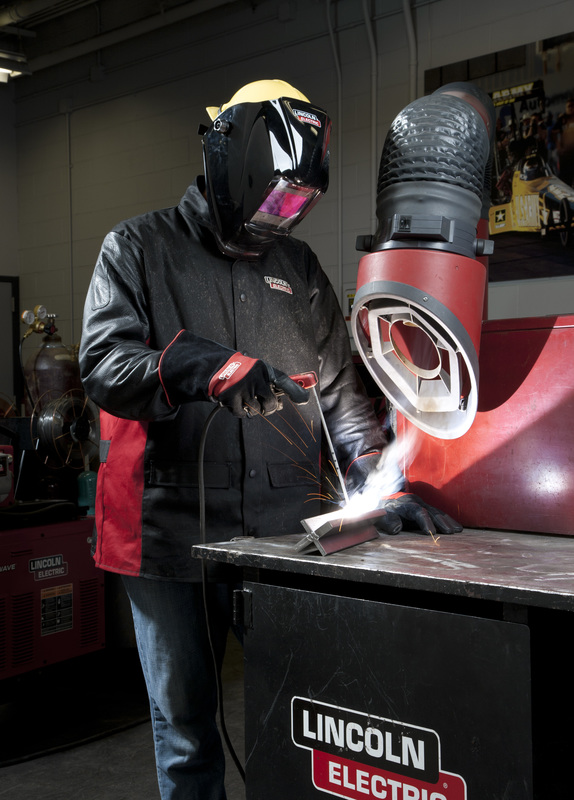
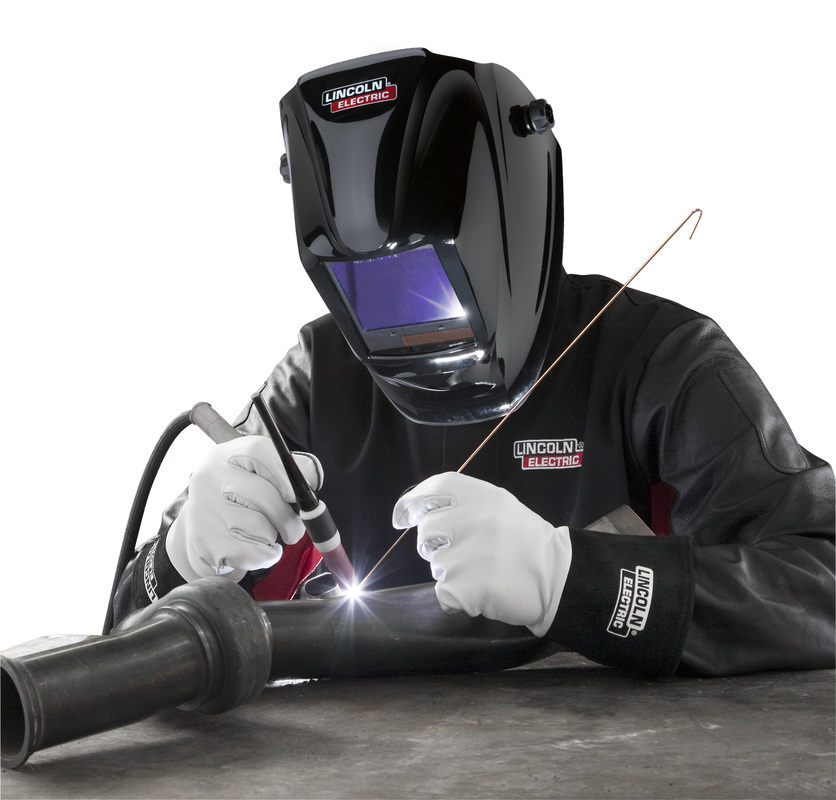
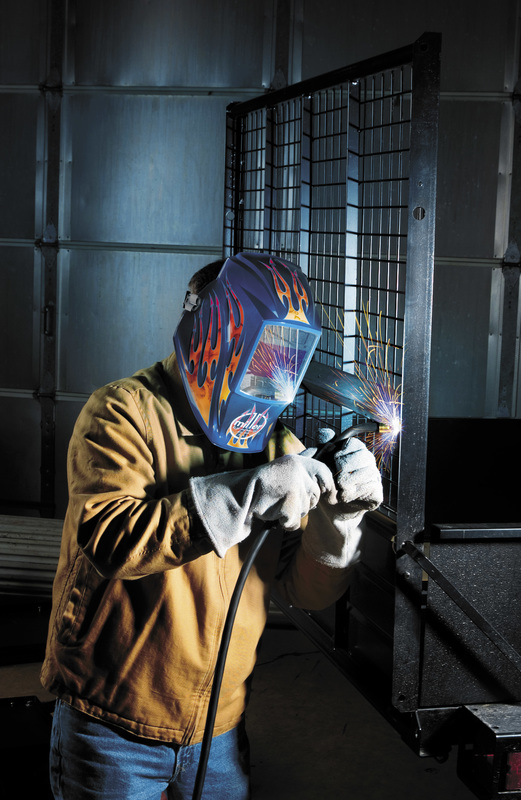
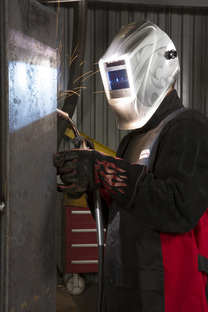
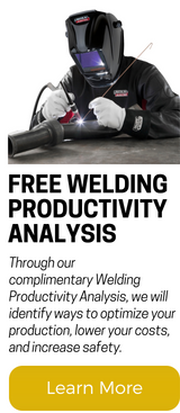
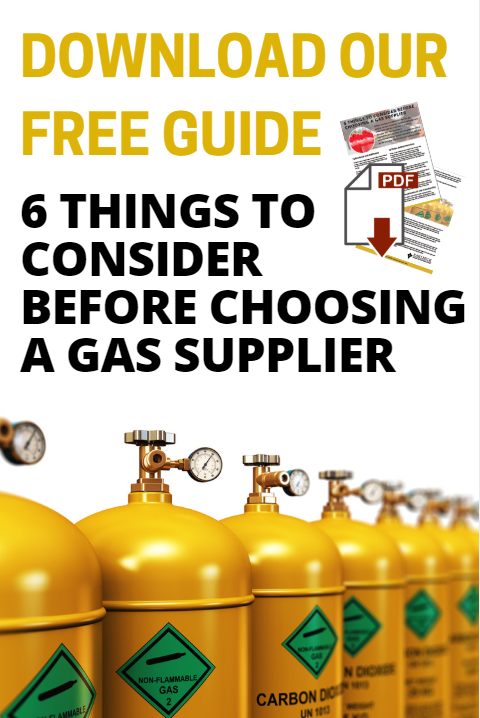
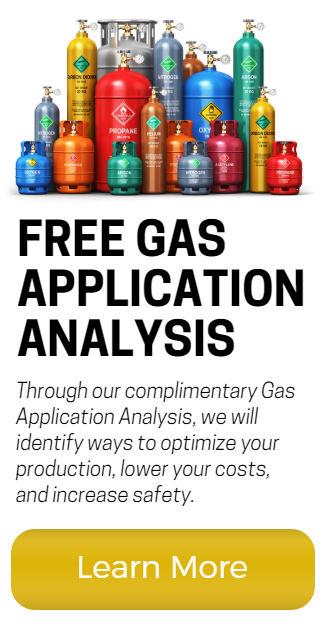
 RSS Feed
RSS Feed